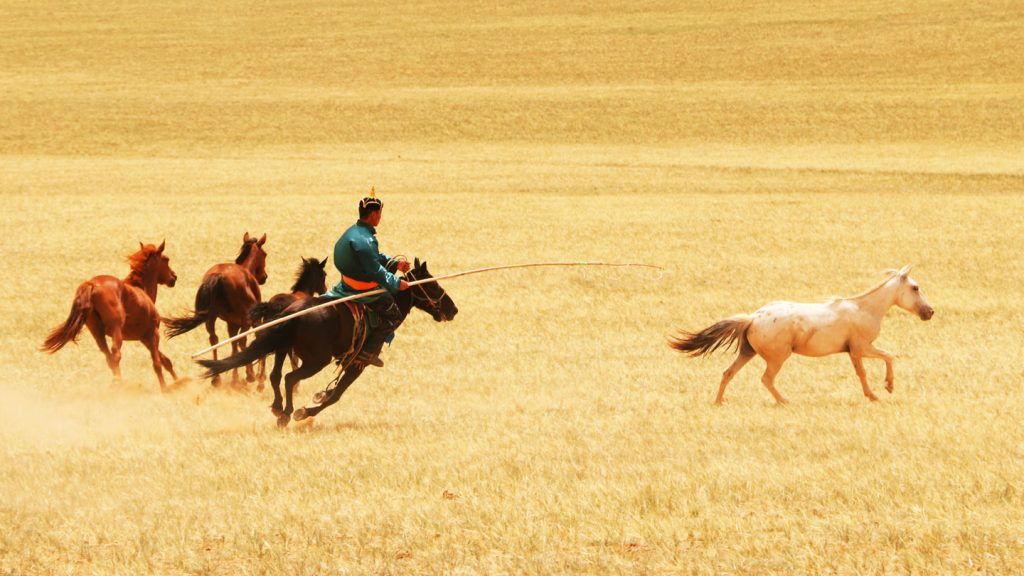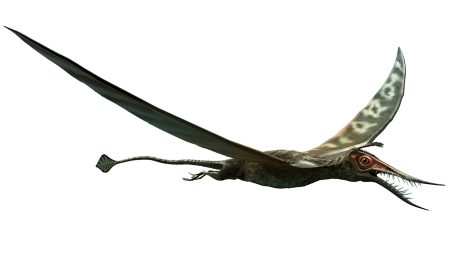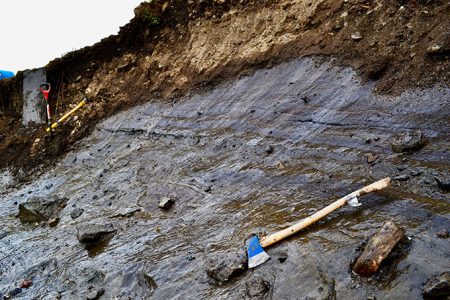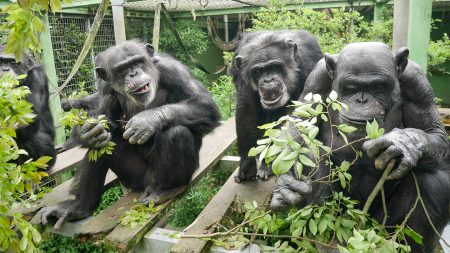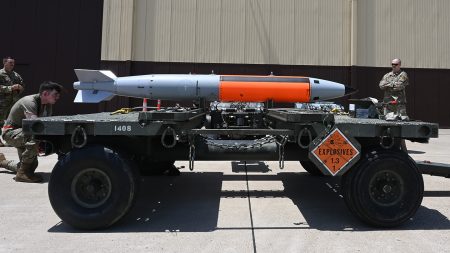Horse domestication goes back about four millennia, with horses being domesticated twice by different groups of people. Genetic data suggest that around 5,000 years ago, Botai hunter-gatherers in Central Asia made the first attempt at domesticating horses for milk and meat, which was unsuccessful. However, another group of people living north of the Caucasian Mountains successfully domesticated horses for transportation about 4,200 years ago, leading to the rapid replacement of wild horses with modern domestic ones.
These findings challenge existing beliefs about horse domestication, particularly regarding the role of the Yamnaya people, who have traditionally been credited with being the first horseback riders. However, genetic evidence suggests that the timing of horse domestication does not align with the movements of the Yamnaya people around 5,000 years ago. This new research indicates that the domestication of horses occurred about 800 years after the migrations of the Yamnaya people, suggesting that the two events were likely not connected.
Genetic analysis of ancient and modern horses reveals that horse domestication likely took place around 4,200 years ago, with a specific bloodline originating north of the Caucasian range becoming global. The rapid spread of domestic horses indicates that people likely domesticated horses with mobility in mind. While some researchers argue that the Yamnaya would have needed horses for their rapid expansions, others suggest that human migrations historically occurred mainly on foot.
An examination of DNA from ancient horses further reveals that people began controlling horse breeding around the same time as horse domestication, with evidence of shortened generation times and selective breeding. This suggests that early horse domestication was characterized by people actively breeding horses to increase their numbers and select for certain traits. The findings also highlight the attempts at horse domestication by the Botai culture in Central Asia, indicating that they may have been the first to engage in domesticating prey horses for specific purposes.
The research provides valuable insights into the history of horse domestication and challenges previous assumptions about the timing, motives, and participants in this crucial development. While some debate remains about the exact nature of early horse domestication, the genetic evidence presented sheds light on the complex relationship between humans and horses throughout history. By combining genetic data with archaeological and historical information, researchers are able to paint a clearer picture of the origins and spread of horse domestication.









